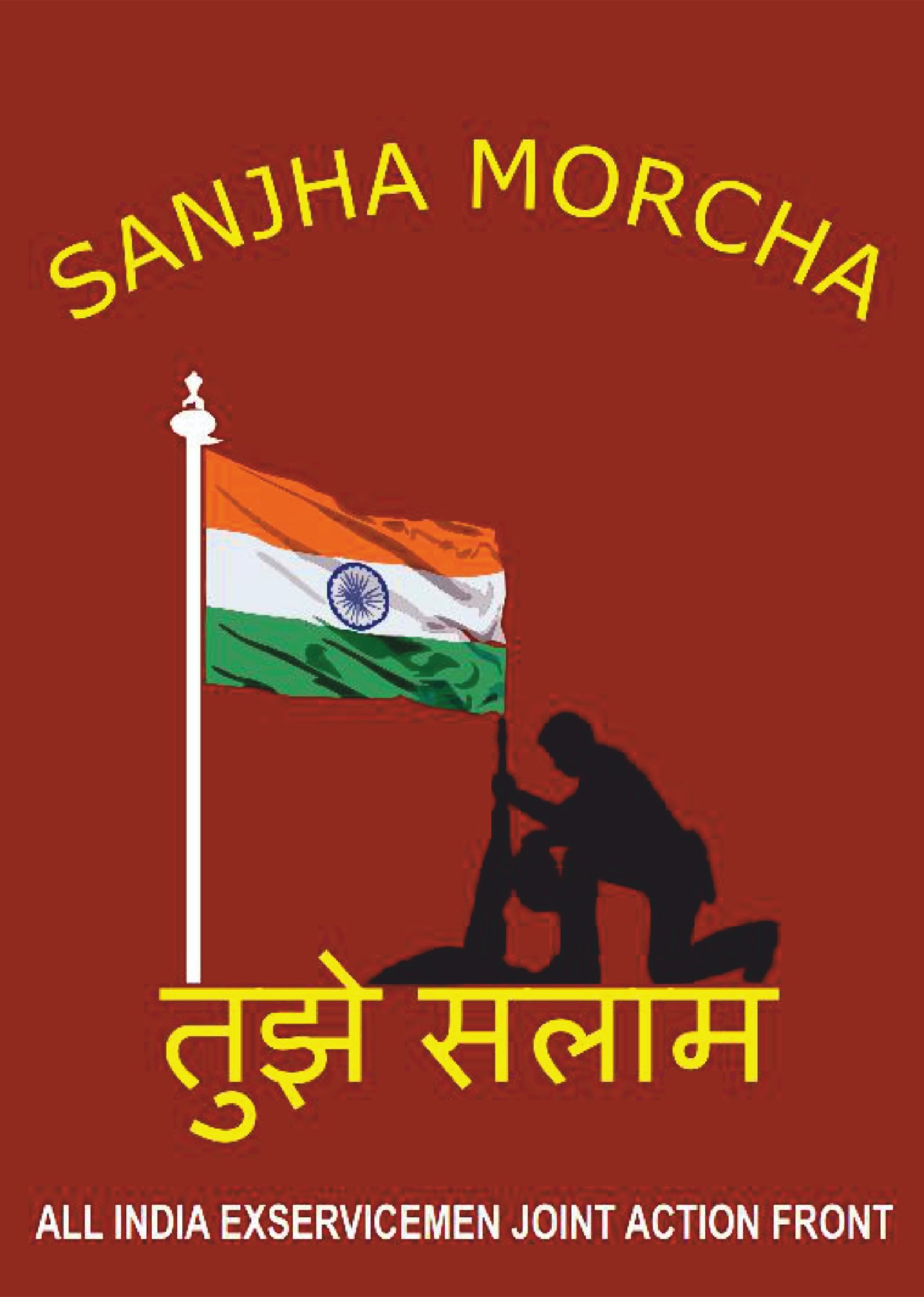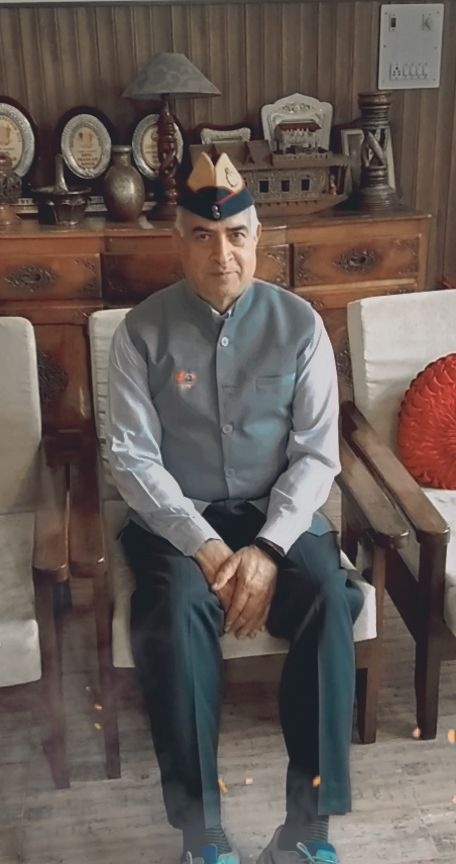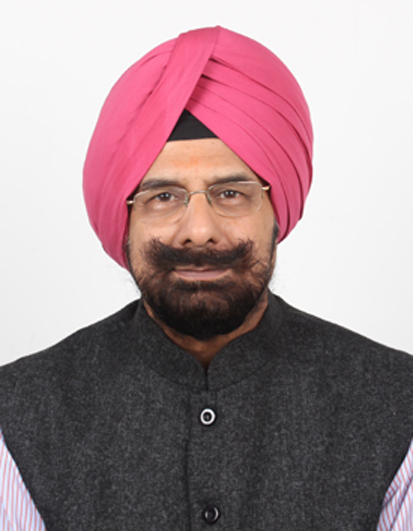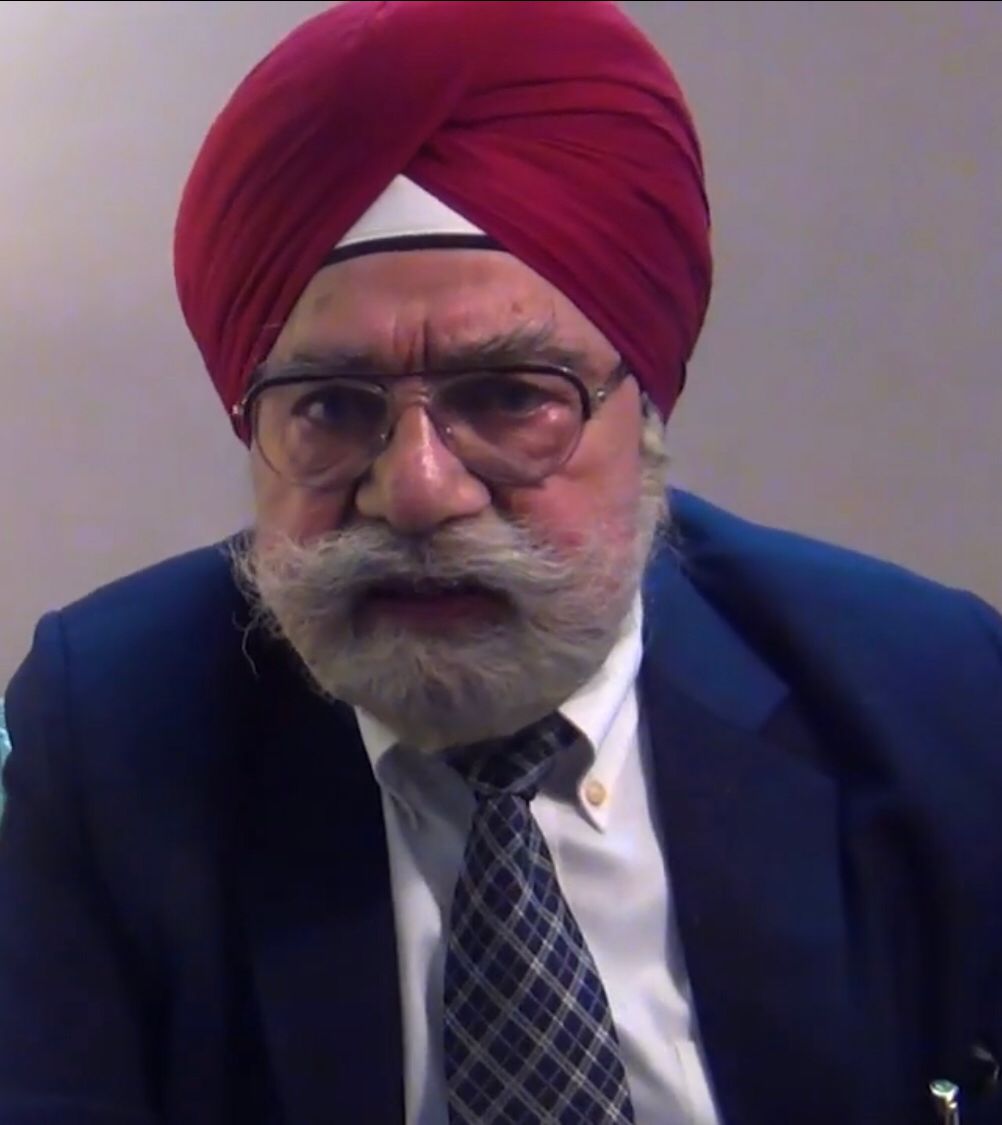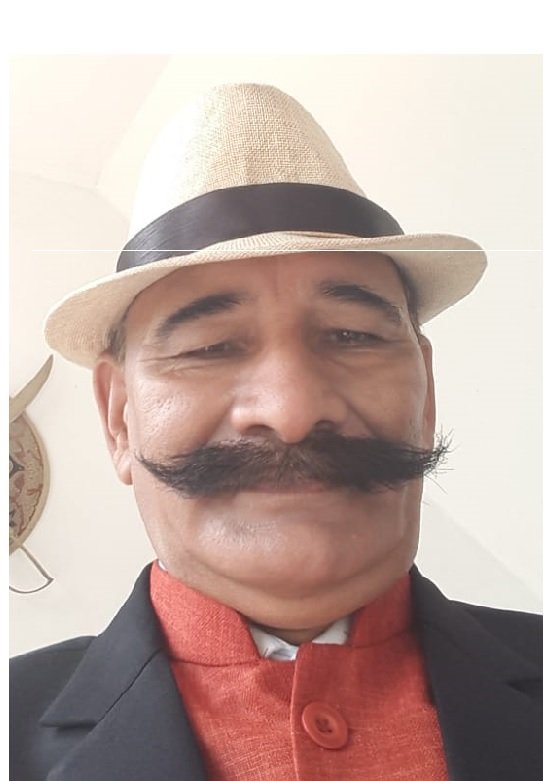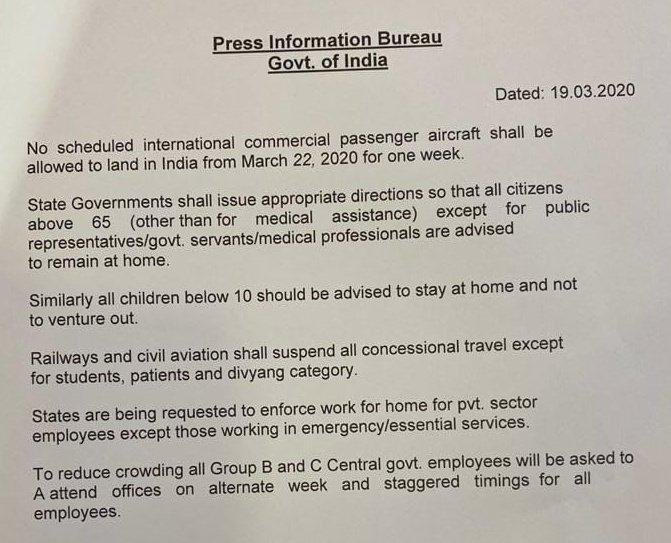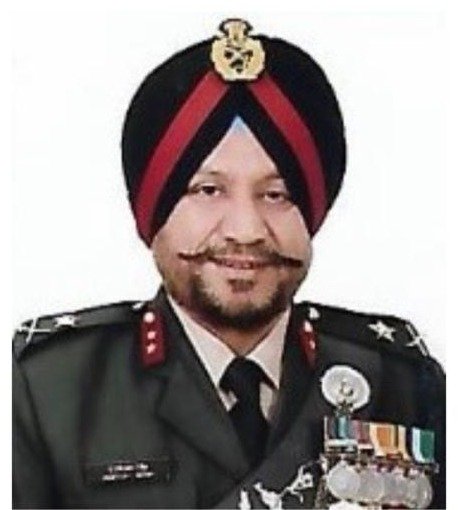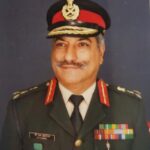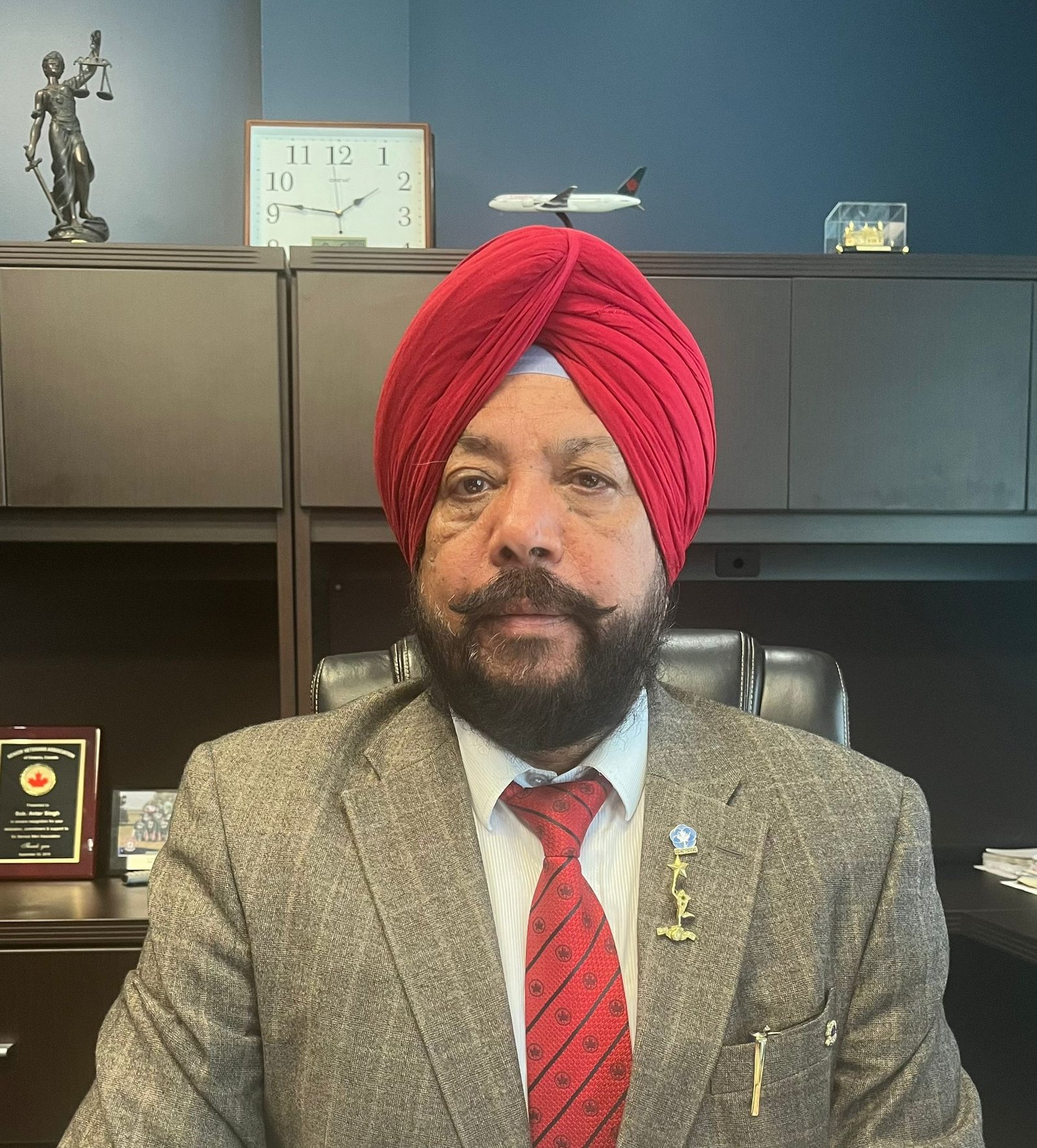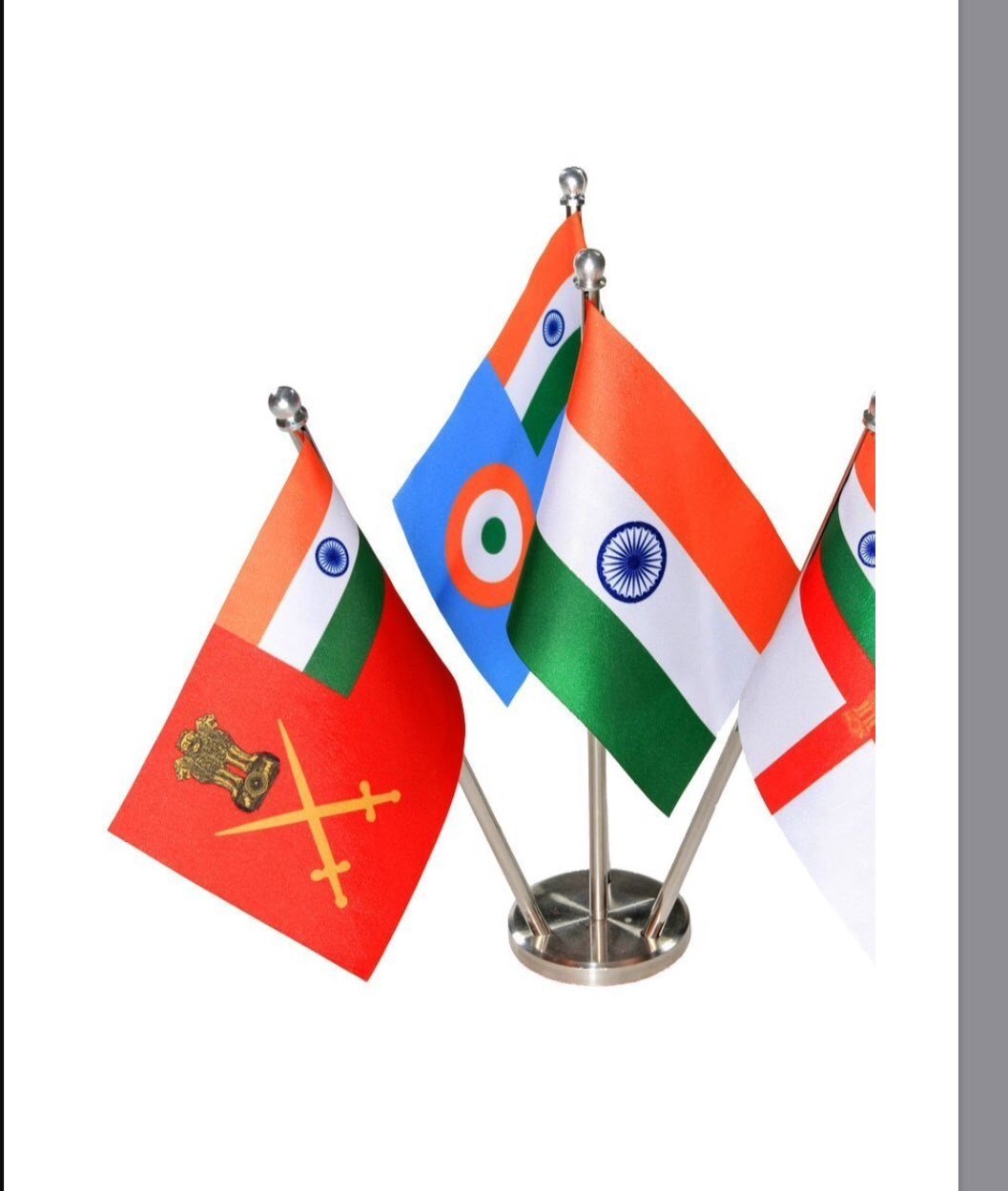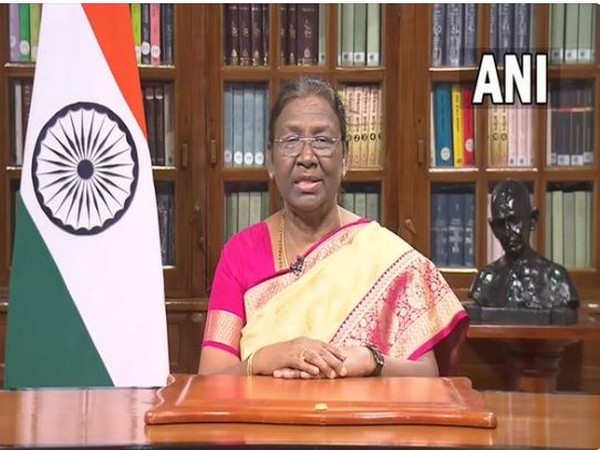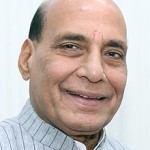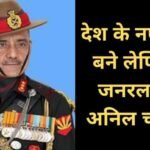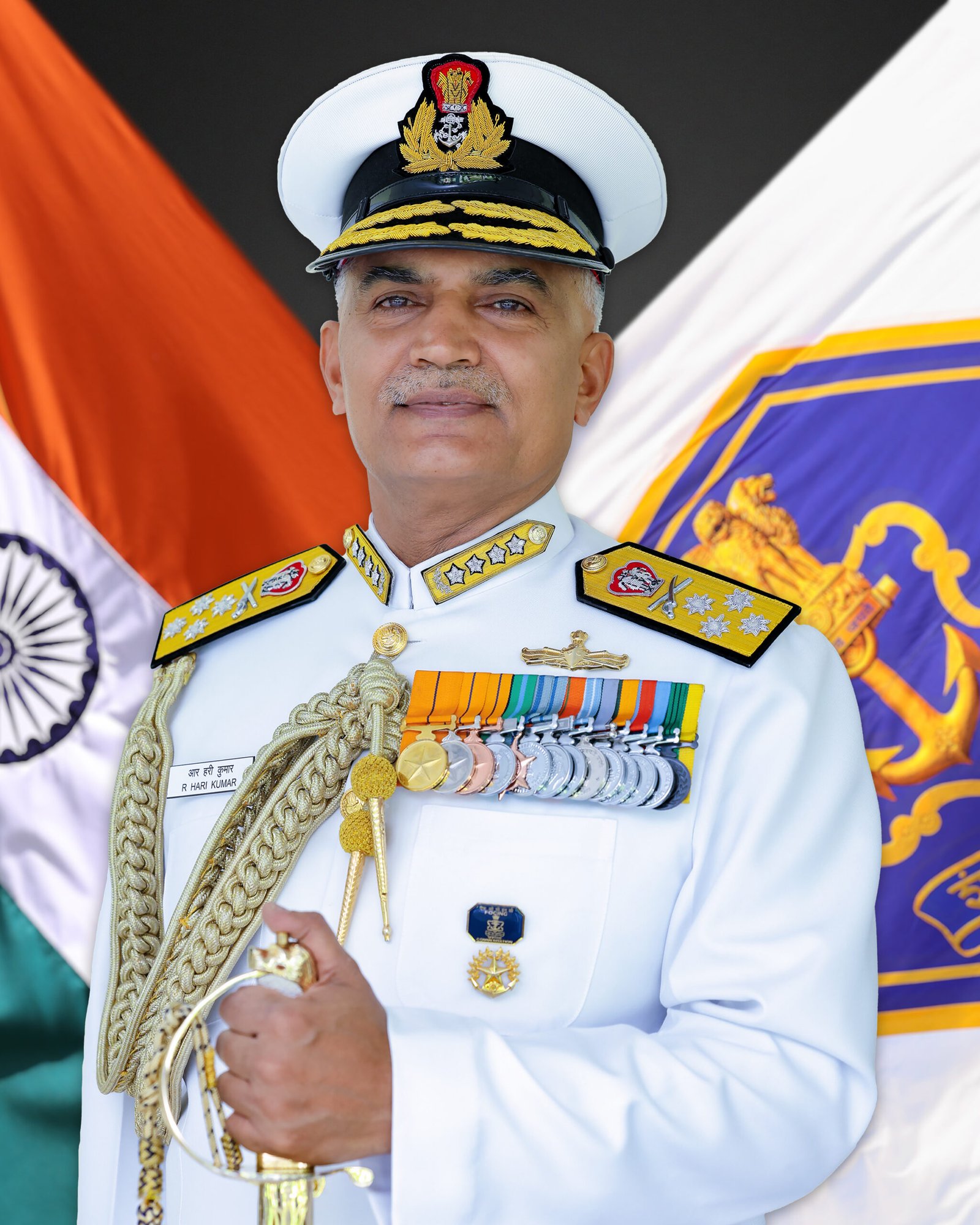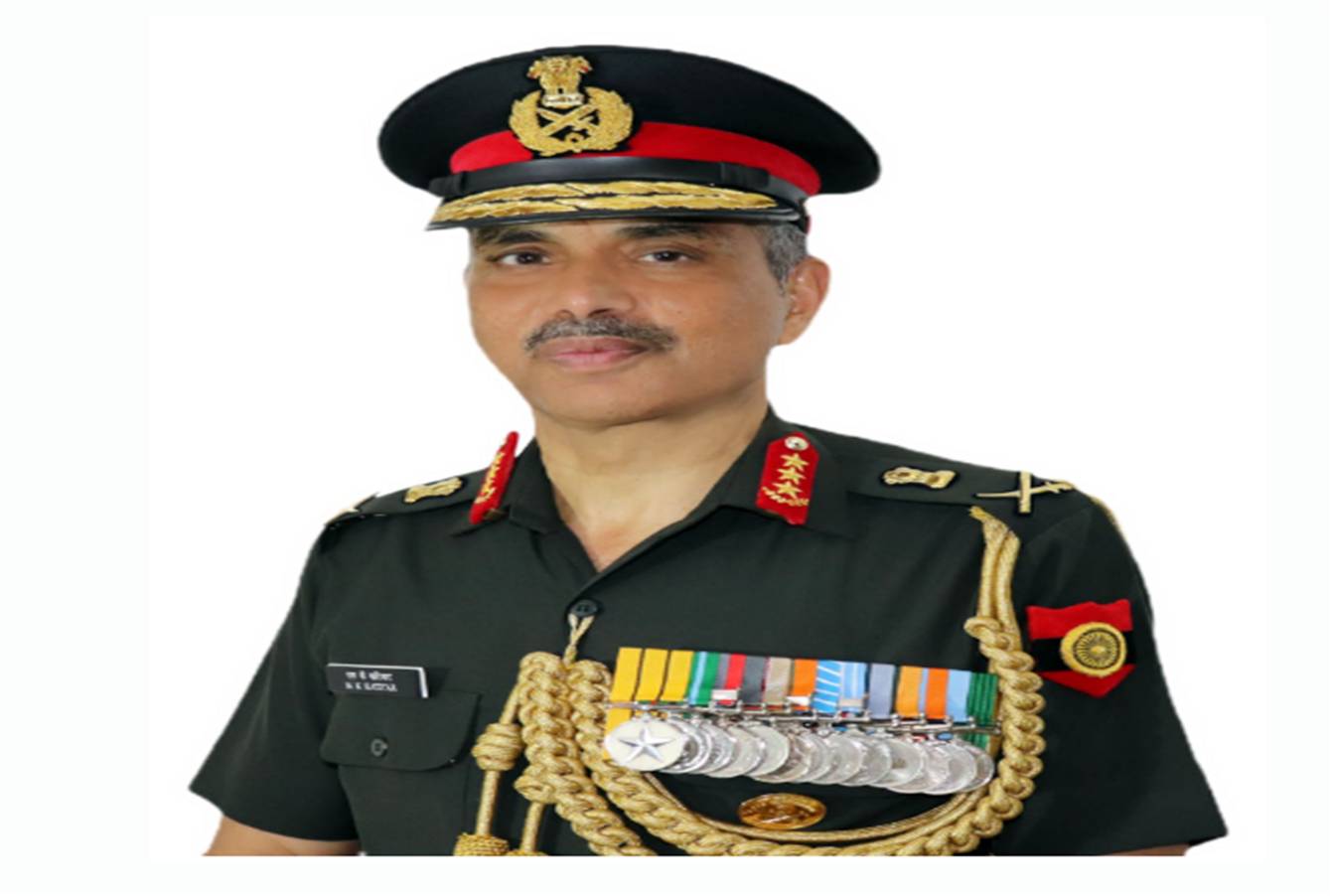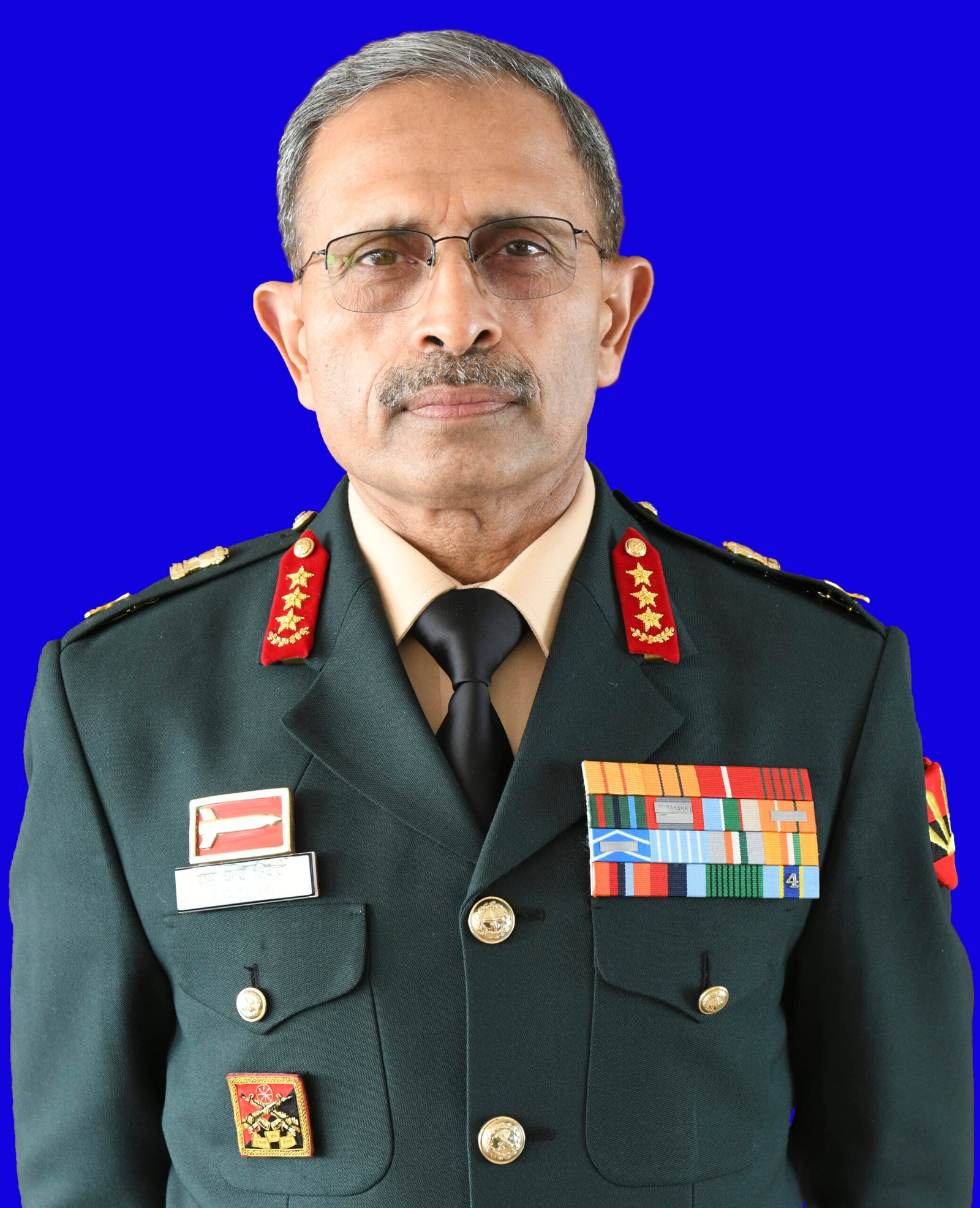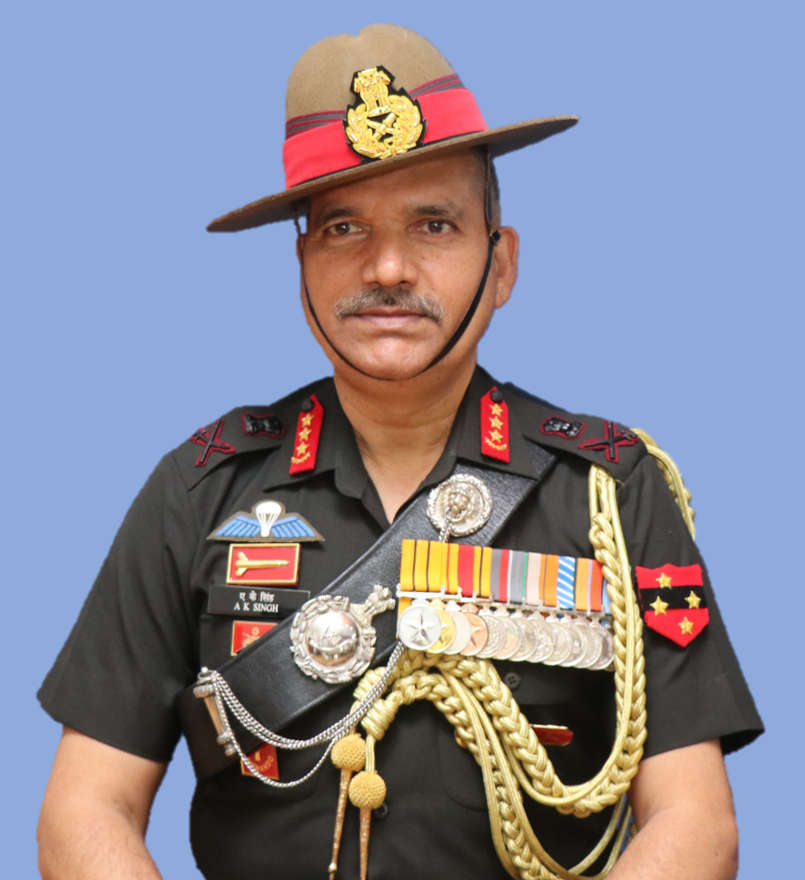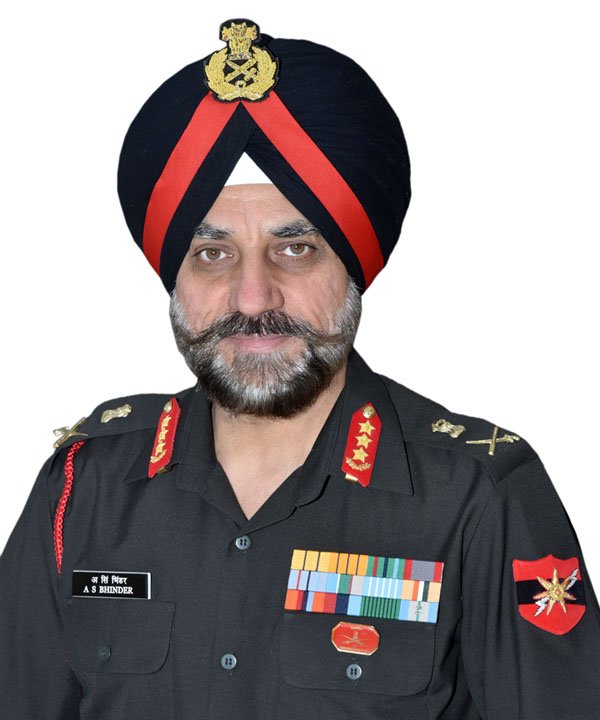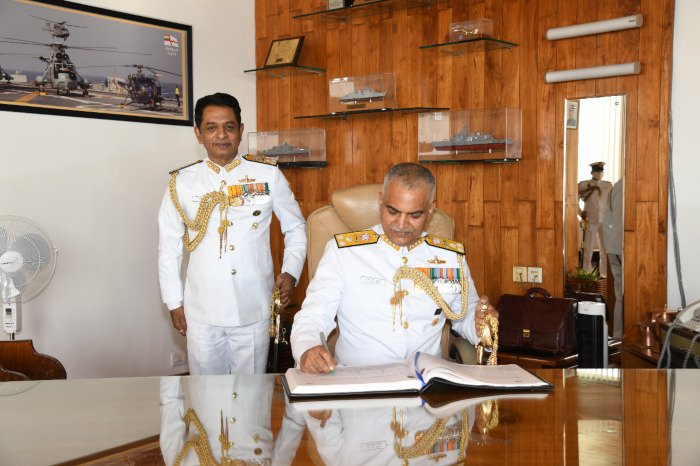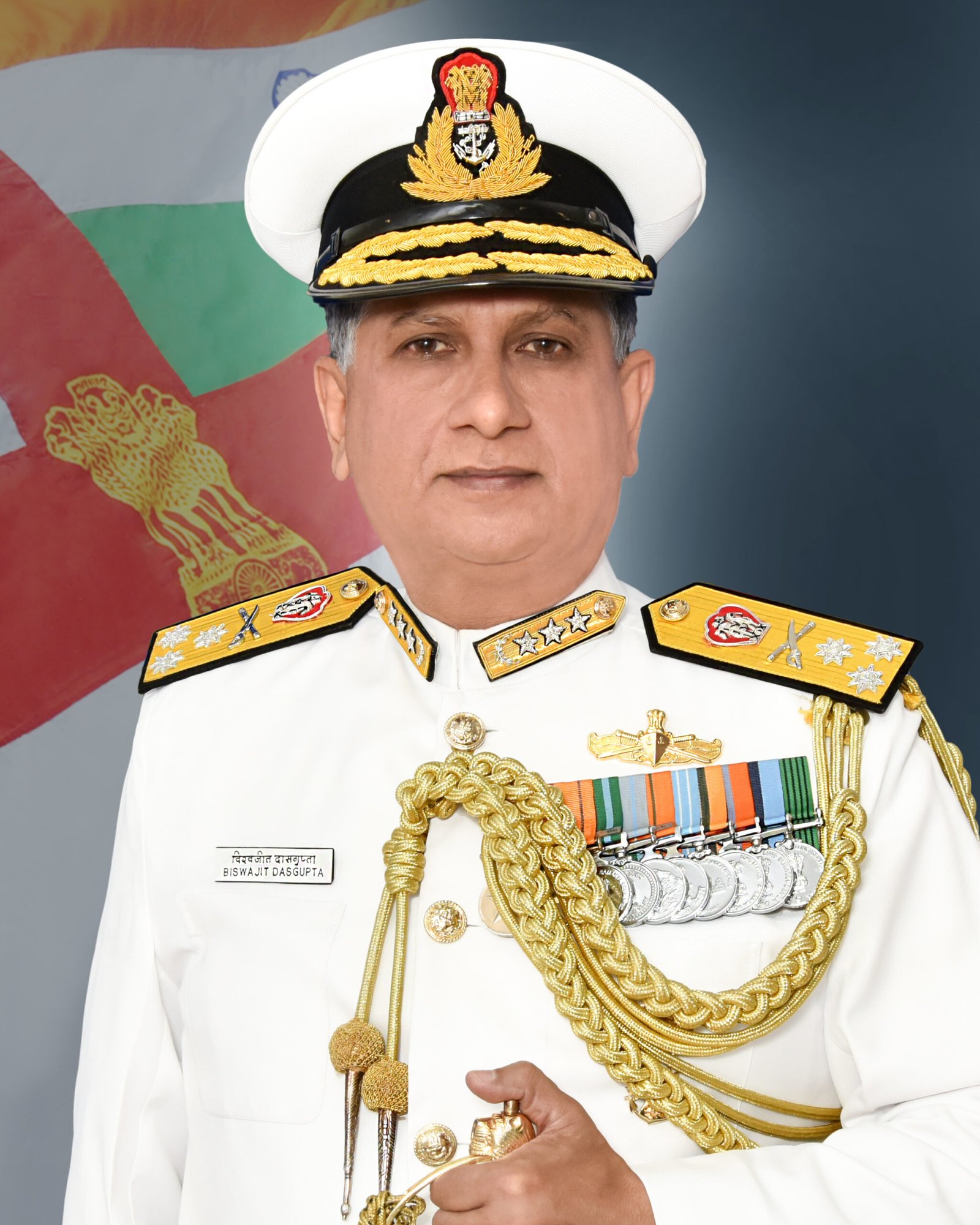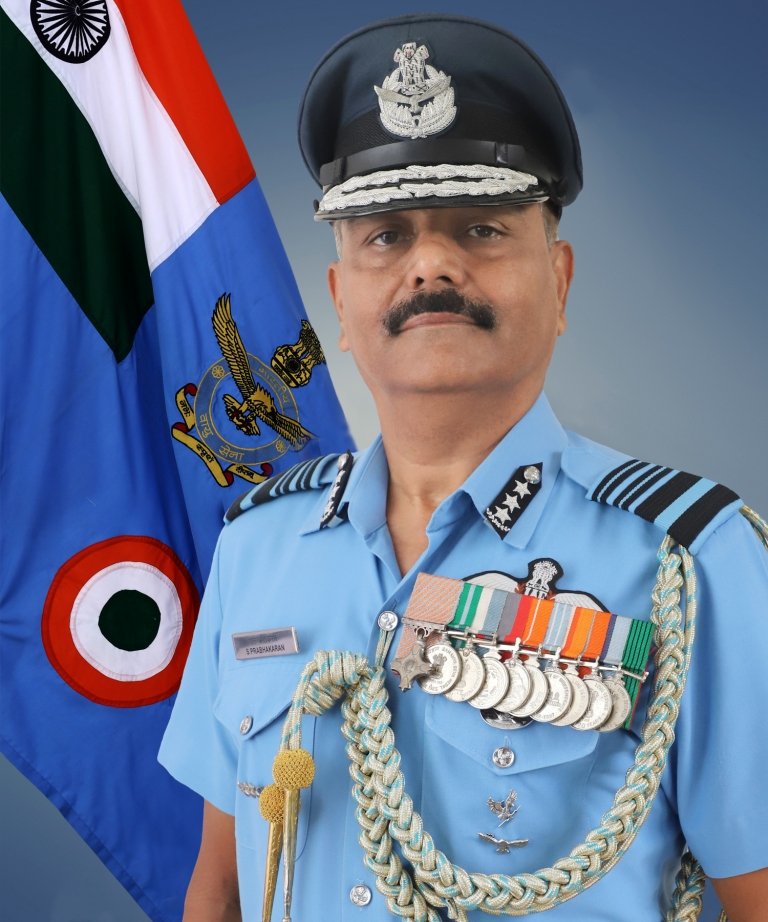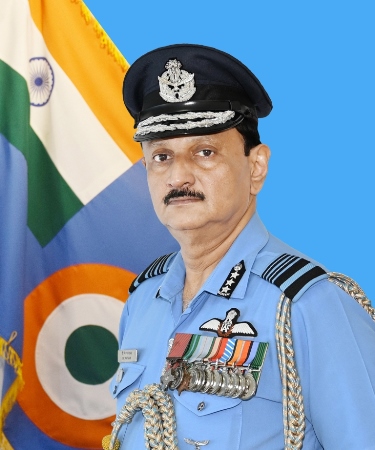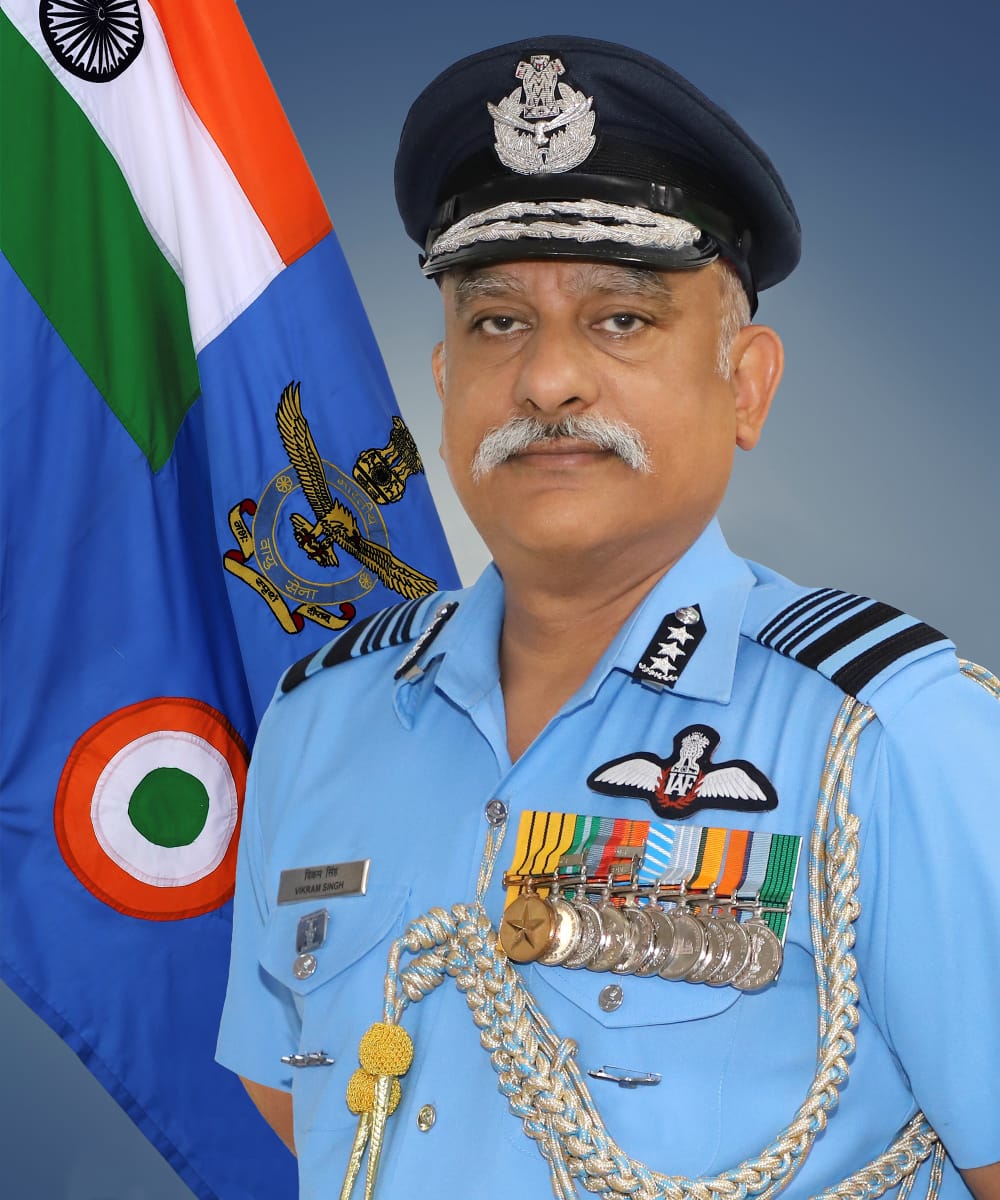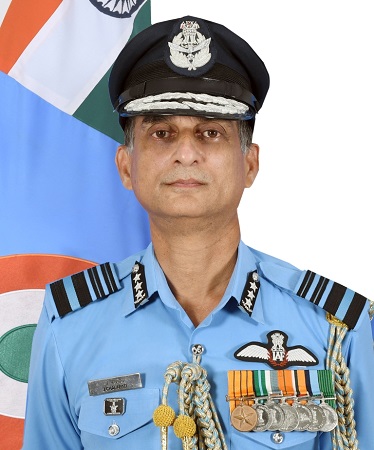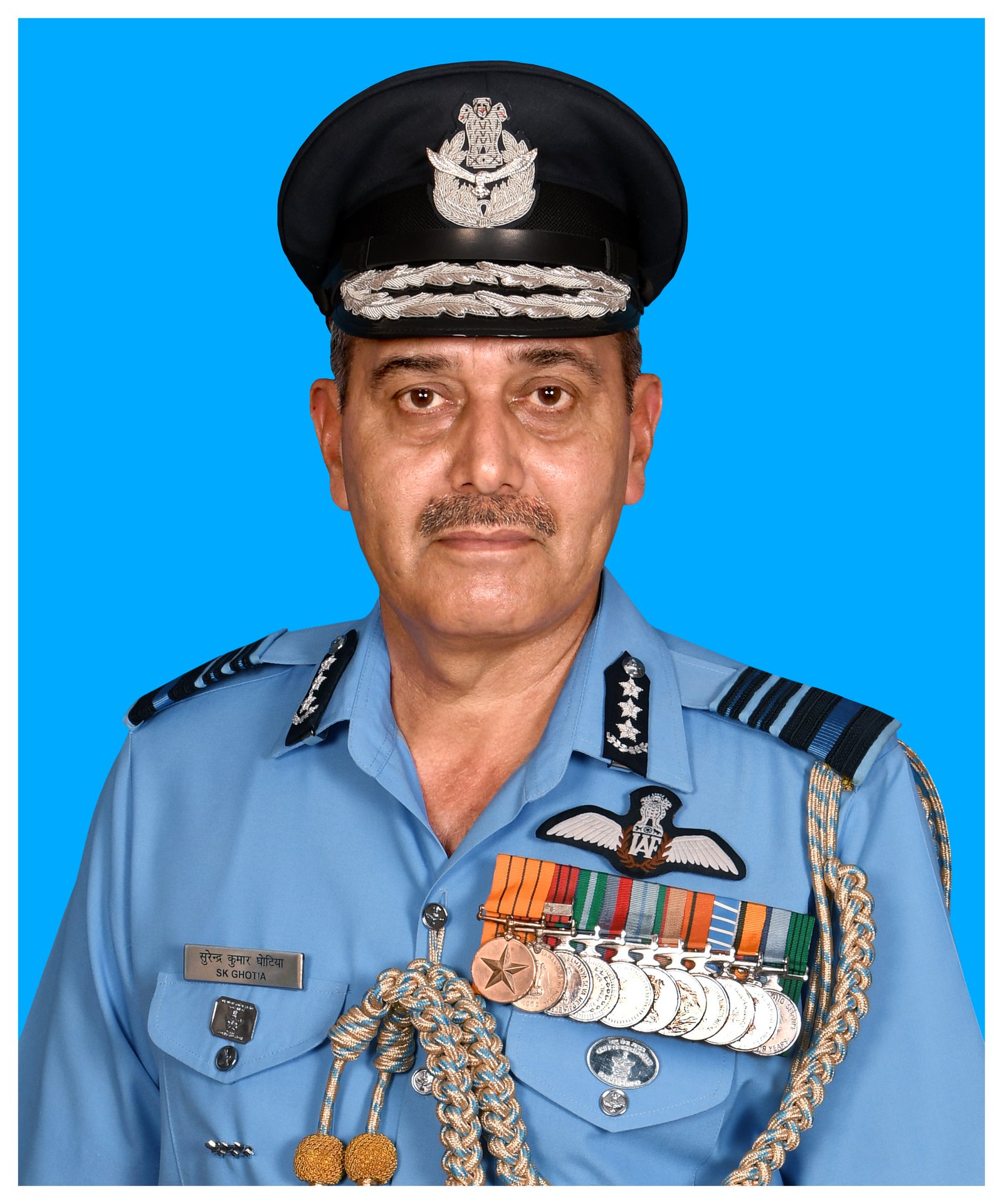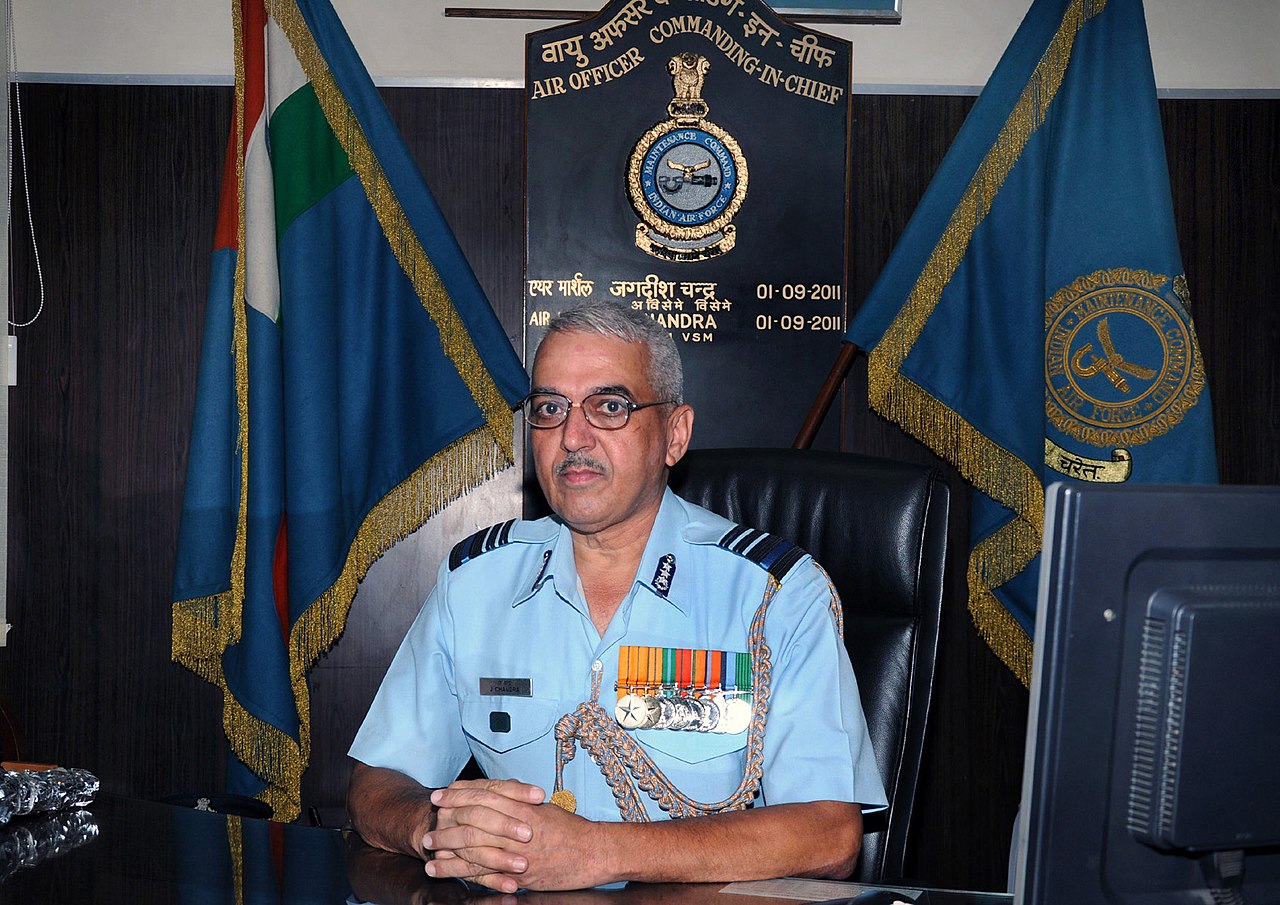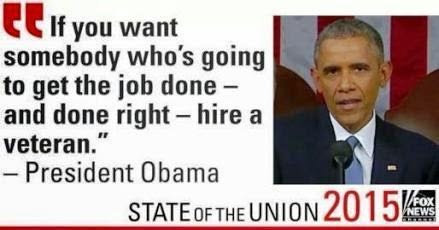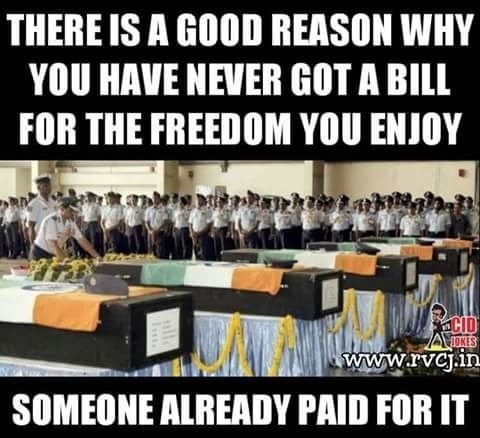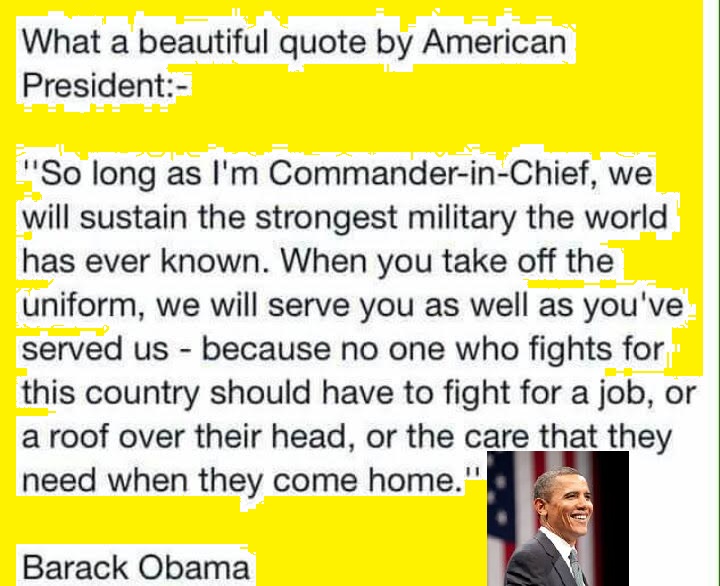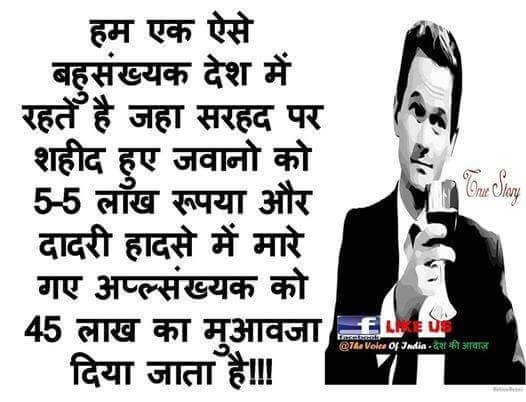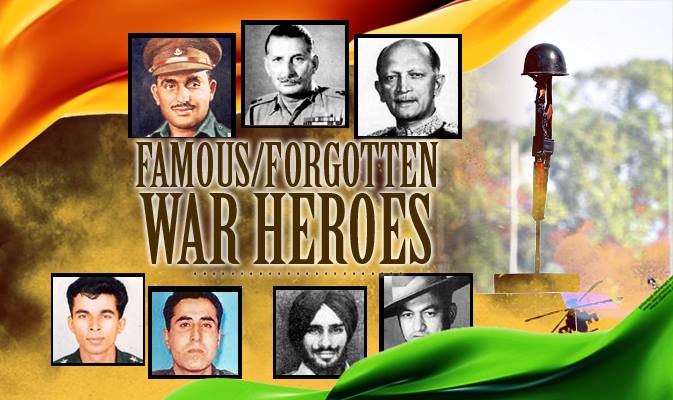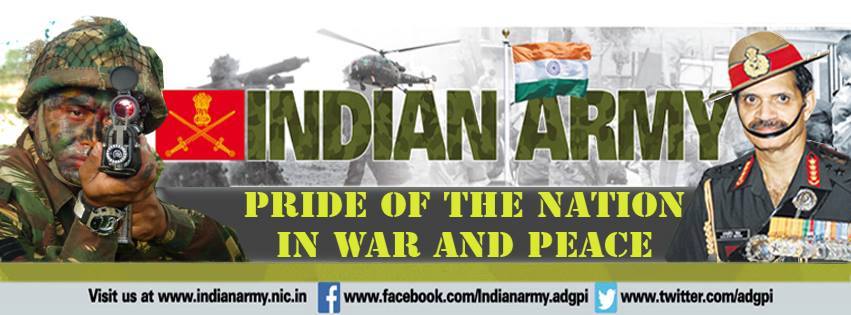
Maj Gen Ashok K Mehta (retd)
Military commentator
Zero tolerance to terrorism is an article of faith and a vote-catcher for the political elite in the country. It’s not surprising as the security forces have been battling Pakistan-sponsored terrorism for more than 30 years now. Indeed, since 1947, when infiltration first started, the Army has not ceased countering it in Jammu & Kashmir. The question to ask is why no one is demanding zero infiltration across the Line of Control (LoC) when it has been brought down from a high of 2,500-3,000 infiltrators getting through two decades ago to around 250-300 terrorists since 2010 or so. Younger officers in the Army are asking how come despite the revocation of Article 370, widespread political detentions, communication lockdown and the induction of 45,000 Central armed police and large number of Army units, infiltration attempts have increased and the terrorists have maintained their numbers at around 250 in the Kashmir valley, of which around 100 are foreigners.
Dilbagh Singh, DGP, J&K, has said terrorism is on its last legs. While in 2018, 219 locals were recruited, in 2019, recruitment was down to 119. Two of every three locals recruited continue to come from Shopian, Pulwama and Kulgam. Recruitment is down by 50 per cent. Compared to 318 terror incidents in 2018, the number dropped to 173 in 2019. Between August and December 2019, only 65 violent incidents against 156 cases in the same period were recorded. In 2018, 215 terrorists were killed and in 2019, the number reduced to 152. This year, till February 29, 25 terrorists were eliminated. Singh said the number of militants is below 240. They were 317 in June 2018, but infiltration is still continuing, averaging 150 a year.
Union Minister of State for Home Affairs, Kishan Reddy said infiltration has increased — 84 attempts were made in 88 days from August 5 to October 31 last year, compared to 60 attempts for the same period in 2018. Increased infiltration axiomatically leads to a spurt in ceasefire violations, which have grown exponentially. Army Chief General MM Naravane said last month that 300-350 terrorists are waiting in 25 camps, trying every day to come in. Pakistan’s ISI has dangled the golden carrot for successful infiltration. So, the picture painted by Singh is that 150 terrorists are sneaking in every year.
Foiling infiltration attempts is a byproduct of alertness and grit of troops in the first counter-infiltration tier. Infiltration was last curbed in 2003 following a ceasefire agreement with General Pervez Musharraf’s pledge to US interlocutor under Secretary of State Richard Armitage after Operation Parakram that Pakistan would end infiltration permanently, visibly, irreversibly and to the satisfaction of India. Infiltration had reduced by an unprecedented 55 per cent.
Almost two decades later, the debate over feasibility of ending infiltration 100 per cent across the LoC has been revived with two views. Senior commanders feel that while the number of militants in Kashmir can be reduced further from the present 250 to 100 or so, it can only be stopped permanently when the Pakistan Army puts a halt to infiltration, for as long as there are Pakistanis and Kashmiris willing to die, infiltration will continue. The terrain conditions in the upper reaches of the Valley, snow conditions and the skill of infiltrators will overcome the best fencing, technology and troops on the LoC. Infiltration will come to a nil only when Pakistan shuts off the tap, feel senior commanders.
Junior leaders hold a different view. They believe zero infiltration is possible and achievable. Of the six reasons listed why the zero figure has not been earnestly attempted, the most stressed is poor implementation of Tactics, Techniques and Procedure (TTP), a more sophisticated version of the standard operating procedure (SOP). The second is the varying calibre and josh of the battalions deployed on LoC. The third is lack of physical stamina. The fourth is the imponderables of weather and the difficulty of terrain. Finally, some cite vested interests in letting infiltration continue. This gutsy group is confident that holes in the LoC can be plugged despite the institutional impediments. They cite the ‘Banihal syndrome’ while referring to the naysayers.
The MHA is disappointed with the Army’s failure to use political and communication restrictions and increase in troop density as force multipliers to squeeze infiltration or was it simply the absence of coordination between the two? Thirty years on, insurgency by infiltration with considerable local support is continuing even under conditions of unprecedented lockdown. Infiltration attempts may have increased but these are being thwarted along the first tier, minimising the numbers succeeded in getting in. So what has changed in the past eight months? Since August 5, 2019, during the burial or funeral of militants that previously witnessed celebratory glorification by tens of thousands of locals, the turnout now is a handful; no interference by women and over-ground workers in military operations like stone-throwing, snatching of weapons, etc. Kashmiris have chosen to wait it out.
Meanwhile, it is not clear whether the Army-led security forces, in sync with the MHA, are actually working on a plan to reduce infiltration significantly so that the strength of terrorists in Kashmir is brought down below 100. The imponderables are two-fold: Attrition and local recruitment. In encounters with the militants, security forces have registered an impressive attrition rate of 8:1, which is a big jump from the previous 5:1. The life cycle of a militant has been diminishing from three to five years to one year to six months and currently averaging three to six months. Recruitment in the Valley has declined by 50 per cent. The mathematics of infiltration, recruitment and attrition is not known. Even after eight months, despite the removal of Article 370, the terrorist population in the Valley has stayed at around 250, which is the average figure for the past 10 years. This is because roughly 150 foreign militants are able to infiltrate across the LoC. It is stopping the entry of this number that some Army officers are demanding.


